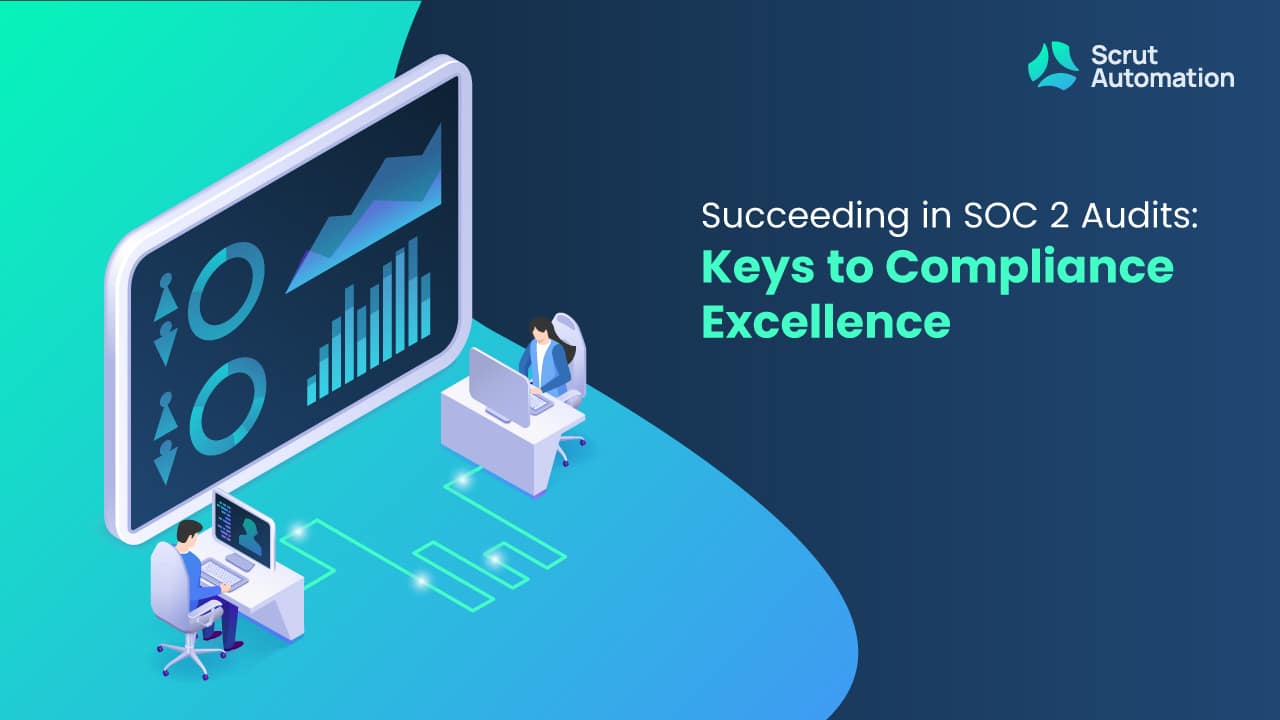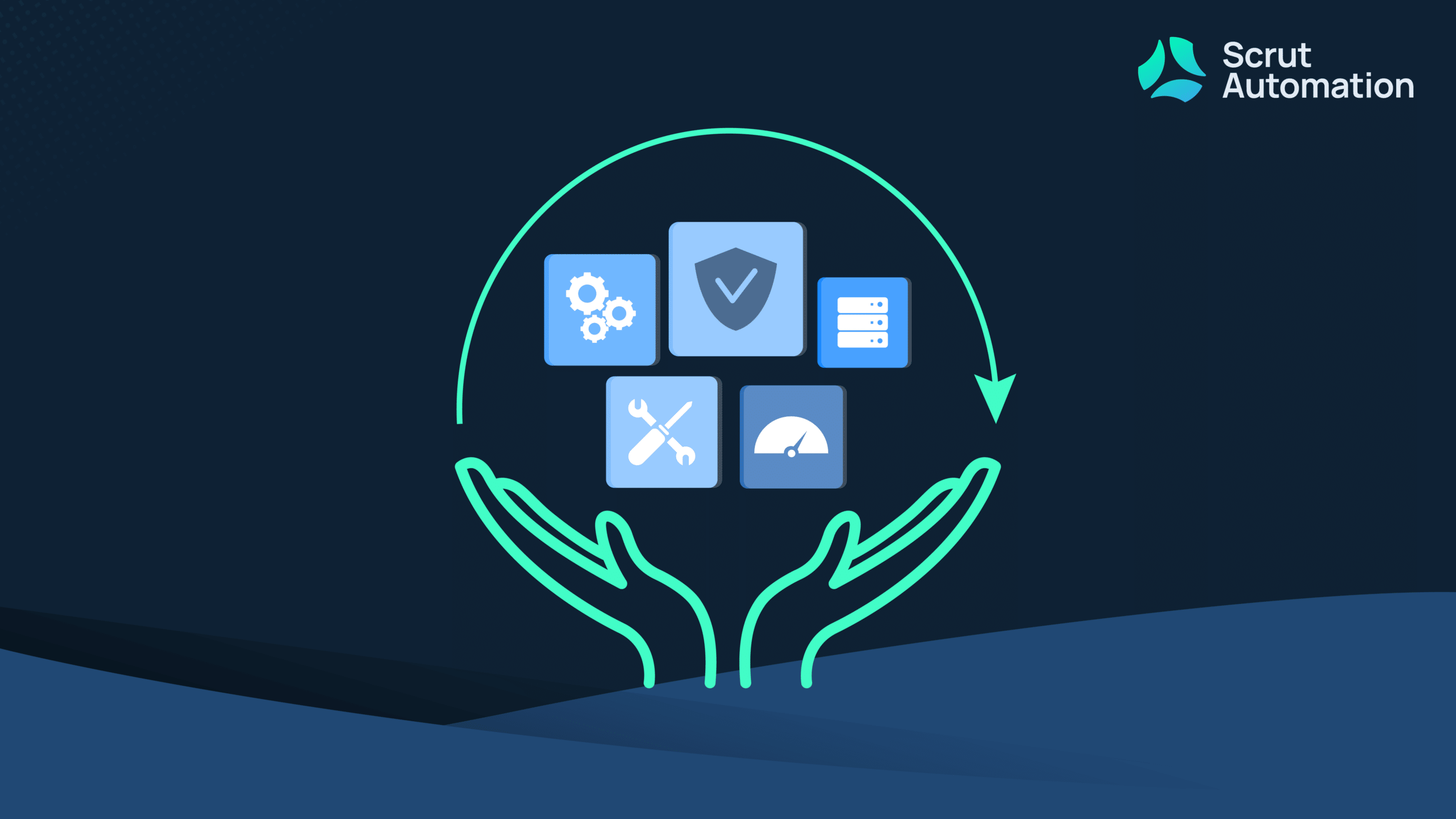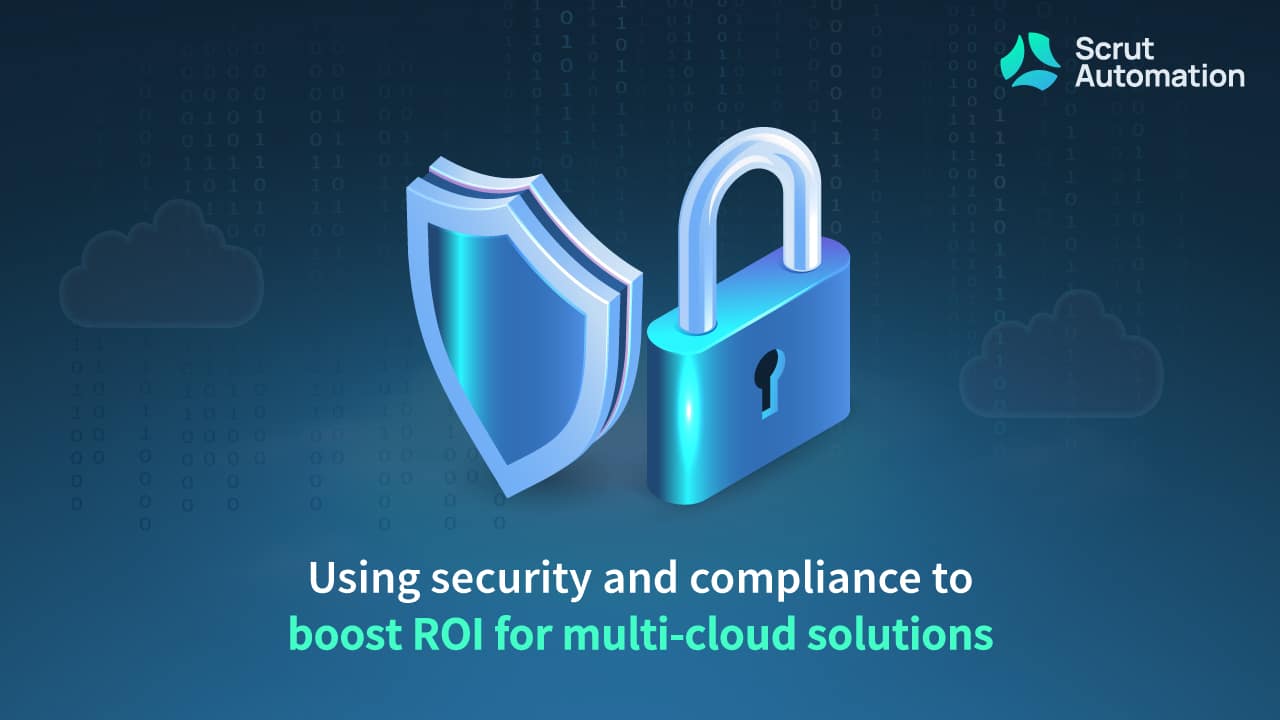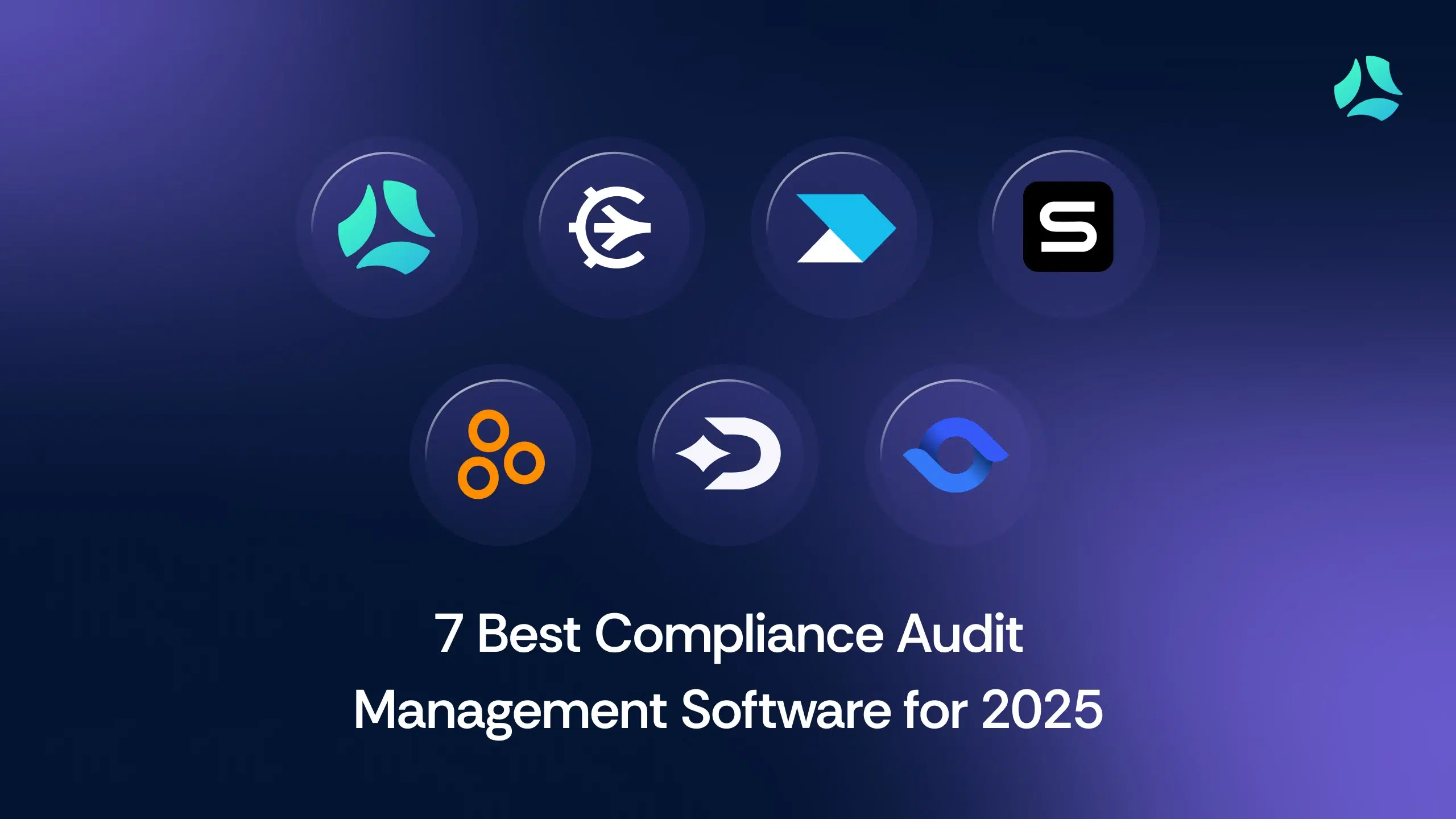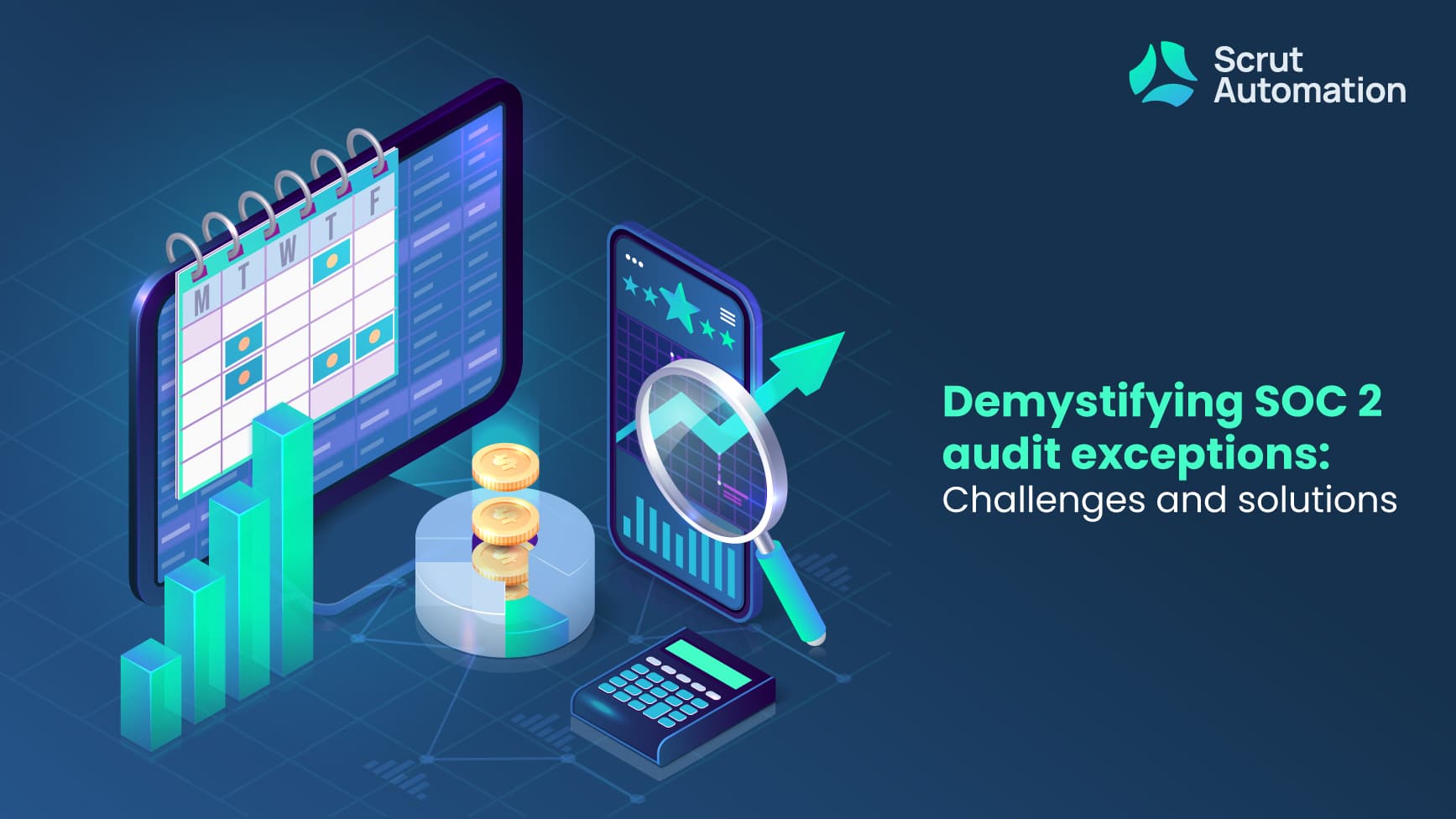A SOC 2 compliance audit, however daunting and challenging, is necessary for many organizations. Once you provide the SOC 2 certification to your clients, they experience a sense of enhanced trust, transparency, and reliability in your organization. It also acts as insurance for several organizations when faced with data breaches.
Even though there are plenty of benefits, let’s not forget that completing the SOC 2 audit is incredibly time-consuming and requires considerable resources. This holds true, especially if your organization is pursuing a SOC 2 compliance audit for the first time.
That brings us to the question, how can your organization streamline the audit process?
In this comprehensive guide, we will delve into the keys to successful SOC 2 audits, empowering you to navigate the intricacies of this vital process with finesse.
What Is SOC 2 Compliance?
Before we delve into the nuances, let us briefly review the essence of SOC 2 compliance. The main objective of SOC 2 audits is to assess an organization’s internal controls for data security, availability, processing integrity, confidentiality, and privacy.
In contrast to SOC 1, which focuses on financial controls, SOC 2 offers an assurance framework for operational controls. Because of this, it is the preferred certification for businesses that handle sensitive customer data.
Fundamentals of SOC 2 Compliance
What is a SOC 2 audit based on? SOC 2 audits are based on the American Institute of CPAs (AICPA) Trust Services Criteria and focus on operational controls related to the five core principles: security, availability, processing integrity, confidentiality, and privacy.
Organizations seeking SOC 2 compliance aim to demonstrate to their clients and stakeholders that their systems and processes effectively safeguard sensitive data.
Why Is SOC 2 Compliance Important?
The value of SOC 2 compliance extends far beyond a mere seal of approval. Let us explore the compelling reasons why SOC 2 audits are indispensable:
Meeting Industry Standards and Regulatory Requirements
SOC 2 compliance ensures that organizations meet industry-specific standards and adhere to relevant regulations, such as the General Data Protection Regulation (GDPR) and the California Consumer Privacy Act (CCPA).
Enhancing Customer Trust and Credibility
Successfully completing a SOC 2 audit provides assurance to clients and partners that their data is handled with the utmost care and meets the highest security standards.
Gaining a Competitive Advantage
SOC 2 compliance has become a crucial differentiator in the marketplace, as customers increasingly prioritize security and privacy in their decision-making processes.
Keys To A Successful SOC 2 Audit
What is a soc 2 audit’s success dependent on? Well, there are 8 key factors that influence the success of a SOC 2 audit.
1. Clearly Define Audit Objectives and Scope
The foundation of a successful SOC 2 audit lies in precisely defining the SOC 2 audit scope and objectives. Organizations must articulate the specific goals they wish to achieve through the audit and identify the systems, processes, and data that will be subject to evaluation.
A clear and well-defined scope and a SOC 2 audit checklist will ensure that the audit remains focused, relevant, and aligned with the organization’s overall objectives.
During this stage, communication between the audit team and key stakeholders is critical. Understanding the organization’s business goals and customer expectations allows the audit team to tailor their assessment accordingly.
Additionally, establishing a comprehensive scope helps prevent unnecessary deviations during the audit process, saving time and resources.
A. Choosing SOC 2 Report Type
One of the most important decisions to make before jumping in for a SOC 2 audit is deciding which type of SOC 2 report—Type 1 or Type 2—is fit for your organization, depending on the resources and time assigned to the project.
SOC 2 vs. SOC 1: Understanding the differences
SOC Type 1 Report
The Type 1 audit provides an assessment report on the security process the organization has put in place at a specific point in time.
SOC Type 2 Report
The Type 2 audit tests the effectiveness of those designs over 6 to 12 months.
The reason for this long-term observation period is that the Type 2 auditor checks both whether the company designed the proper security controls and if the company has operationalized those security controls.
2. SOC 2 Guidelines
SOC 2 is based on five trust service criteria: security, availability, processing integrity, confidentiality, and privacy. As a part of the guidelines underlying the SOC 2 audit, the selection of one of the five TSCs is necessary.
However, you do not have to address all five to be SOC 2 compliant. Except for security, which must be mandatory in every SOC 2 audit, the rest are entirely optional. You can decide which of the remaining TSCs fit your organization’s objectives and pursue them accordingly.
However, in order to expedite your first SOC 2 audit, you may decide to limit the number of criteria and then address them during subsequent audits.
3. Setting A Timeline
Timelines are very critical for organizations, and this case is no different. Typically, a SOC 2 Type 1 audit takes one to three months, while an audit for SOC 2 Type 2 can take six to twelve months or more.
The SOC 2 audit process doesn’t have built-in deadlines, so if you don’t create and follow a timeline on your own, it might take you forever to complete the report. You can divide the milestones into categories and create a stipulated timeline to ensure everyone involved follows it. Here is a template you can take inspiration from:
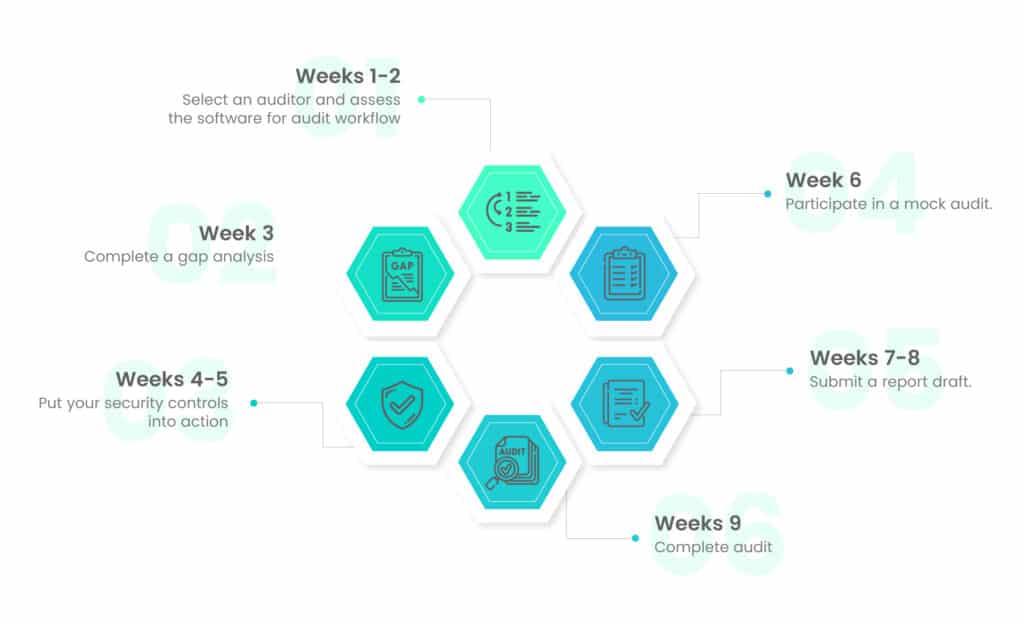
2. Engage The Right SOC 2 Auditor
Once you’ve determined which type of SOC 2 audit is right for your organization, the next key step is finding the right SOC 2 auditor.
Thinking that finding an auditor for a SOC 2 compliance audit is easy turns out to be one of the biggest mistakes organizations often make.
As per the AICPA, your SOC 2 audit must be conducted by an independent Certified Public Accountant. Certified Information System Auditor (CISA) and Certified Information System Security Professional (CISSP) are some credentials you can check while selecting a CPA firm for your organization.
A CPA firm with these licenses will better understand the SOC 2 auditing framework. It can also help you with strategies regarding security risk management.
The success of a SOC 2 audit hinges on assembling a competent and knowledgeable audit team. These professionals should possess expertise in information security, IT governance, risk management, and compliance.
Ideally, the team should include certified information security experts, Certified Information Systems Auditors (CISAs), and Certified Public Accountants (CPAs) with experience in SOC 2 audits.
Assigning specific roles and responsibilities to team members ensures a coordinated effort throughout the audit. The team should work closely with key stakeholders, such as IT personnel, data custodians, and business leaders. This will help them gain a comprehensive understanding of the organization’s operations, IT infrastructure, and risk landscape.
3. Conduct a Comprehensive Risk Assessment
A robust risk assessment is at the core of SOC 2 compliance. During this phase, the audit team identifies potential risks and vulnerabilities that could impact the achievement of the audit objectives.
Risk assessment methodologies, such as the ISO 31000 standard, can be utilized to systematically identify, analyze, and evaluate risks.
By identifying and prioritizing risks, organizations can develop effective risk mitigation strategies. The risk assessment should consider both internal and external factors, such as system vulnerabilities, data breaches, natural disasters, and emerging cybersecurity threats.
Understanding the significance of risks allows organizations to allocate resources more efficiently to mitigate the most critical risks first.
4. Establish Robust Internal Controls
SOC 2 compliance requires organizations to implement strong internal controls. These controls address the five core principles: security, availability, processing integrity, confidentiality, and privacy.
These controls serve as the backbone of an organization’s security and privacy framework. They are essential to protecting sensitive data and ensuring uninterrupted service availability.
Implementing internal controls involves designing and deploying policies, procedures, and technical measures to safeguard data and infrastructure.
Examples of internal controls include access controls, data encryption, firewalls, intrusion detection systems, data classification, and personnel training programs.
One of the biggest challenges or pain points while pursuing a SOC 2 audit is the implementation of security controls. This is exactly why your organization must prepare for it beforehand.
With dozens of controls covering ten essential security dimensions, it’s easy for businesses to find themselves wasting a lot of time trying to decide which controls to pick and exactly what they should do to demonstrate their readiness.
It doesn’t help that there is very little guidance on which controls to focus on and why. Ensure that you are using expert guidance or streamlining the implementation of security controls with the help of a pre-built policy library.
5. Document Policies and Procedures
Comprehensive documentation is fundamental in SOC 2 audits. Organizations must maintain clear and organized records of all relevant controls, policies, and procedures related to the five core principles.
Well-documented policies and procedures demonstrate the organization’s commitment to data security and compliance and facilitate the audit process.
Documentation should include information on the design and implementation of internal controls, as well as evidence of their effectiveness. Auditors rely on this documentation to verify that controls are in place and operating effectively.
Regularly updating documentation to reflect changes in the organization’s environment and operations is crucial to maintaining compliance.
6. Conduct Readiness Assessments
Readiness assessments, also known as mock audits, offer a proactive approach to preparing for the formal SOC 2 audit.
These assessments involve conducting an internal audit, simulating the procedures and criteria that will be used during the actual audit. They provide organizations with an opportunity to identify compliance gaps and areas for improvement before the official audit begins.
During readiness assessments, the audit team can identify weaknesses in internal controls and evaluate the effectiveness of existing risk mitigation strategies. It allows organizations to fine-tune their controls, address deficiencies, and ensure alignment with SOC 2 requirements.
Moreover, readiness assessments enable organizations to familiarize their personnel with the audit process, reducing the anxiety and uncertainties associated with the official audit.
7. Monitor Third-Party Vendor Compliance and Security
In today’s interconnected business landscape, organizations often rely on third-party vendors to provide essential services and support. However, third-party vendors can introduce security and compliance risks. This can directly impact an organization’s SOC 2 compliance efforts. This is why third-party risk management in SOC 2 compliance is vital.
Monitoring the security practices of third-party service providers is vital to maintaining SOC 2 compliance throughout the supply chain. Organizations must assess the compliance of vendors and establish clear contractual obligations related to data security and privacy.
Regular assessments and monitoring of third-party risks ensure that the organization’s data remains protected and in compliance with SOC 2 requirements.
Vendors can sometimes play an important role in meeting SOC 2 security requirements. For instance, if your infrastructure is housed in a third-party data center, you would expect the third party to have the necessary physical security controls in place to restrict access to your infrastructure.
To fulfill the physical security requirement for the SOC 2 audit, you would rely on the third party’s controls to function properly. Understanding what is expected of your vendor and communicating what is expected of them will allow for a more efficient audit flow.
8. Demonstrate Continuous Improvement In SOC 2 Compliance
SOC 2 compliance is not a one-time achievement but an ongoing journey of continuous improvement. Organizations must foster a culture of continuous improvement, learning from audit findings, industry best practices, and past experiences to continuously strengthen their security posture.
By implementing corrective actions and enhancements based on lessons learned, organizations demonstrate their commitment to maintaining a robust security environment.
Regularly reassessing and updating controls in response to emerging threats and challenges enables organizations to stay ahead of potential risks and vulnerabilities.
The validity of SOC 2 Type 2 reports is 12 months from the date of issuance. Any report that is older than that has less value for prospective clients.
In order to maintain the trust of clients and ensure your organization is at par with security standards in real-time, you need continuous, ongoing compliance.
Even though it is a demanding security standard, in the end, it’s very rewarding because it shows that your company upholds constant security and dependability standards.
Common Challenges Encountered During SOC 2 Audits and How to Overcome Them
While we aspire to smooth sailing, the reality is that challenges may arise during SOC 2 audits. Overcoming challenges in SOC 2 assessments is possible with these strategies:
1. Resource Constraints and Budgetary Issues
The Information Security team may collaborate with the CFO and other executives to highlight the potential financial and reputational losses from data breaches. They can emphasize the cost-effectiveness of investing in SOC 2 compliance to mitigate such risks, convincing leadership to allocate sufficient resources for the audit process.
2. Complex IT Infrastructure and Multi-Location Operations
Leverage your expertise to streamline processes, centralize controls, and ensure uniformity across all locations. For instance, your organization’s IT team may work with the audit team to standardize security protocols and policies across different branches and subsidiaries. They may centralize controls by implementing a cloud-based security infrastructure, simplifying the monitoring and management of security measures across all locations.
3. Evolving Regulatory Requirements
The compliance officer may proactively monitor regulatory updates and assess their impact on the organization’s SOC 2 controls. They promptly communicate relevant changes to the audit team and initiate necessary updates to policies and procedures to ensure continuous compliance.
4. Third-Party Risks and Vendor Compliance
To overcome possible third-party security threats, the vendor management team may conduct regular assessments of third-party vendors, ensuring they meet SOC 2 compliance requirements. They review and update contracts to include specific clauses related to data security and privacy, holding vendors accountable for adhering to agreed-upon standards.

Benefits of Successful SOC 2 Audits
Achieving SOC 2 compliance not only safeguards sensitive data and enhances customer trust but also differentiates organizations as trustworthy and security-conscious service providers.
With a comprehensive understanding of the core principles, a competent audit team, and proactive risk management practices, organizations can confidently navigate the complexities of SOC 2 audits and ensure data security and compliance excellence.
How does a successful SOC 2 audit help your organization?
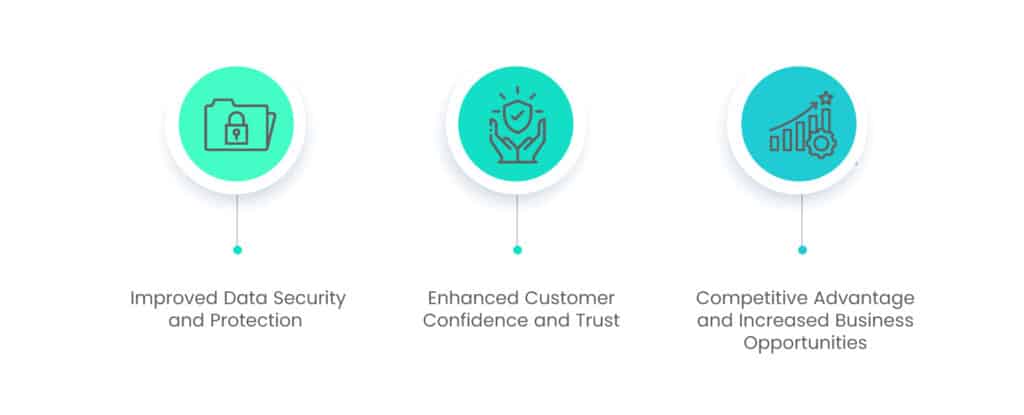
1. Improved Data Security and Protection
This helps mitigate data breaches and fortify your organization’s defense against cyber threats.
2. Enhanced Customer Confidence and Trust
A successful SOC 2 audit demonstrates your commitment to safeguarding customer data and fostering long-lasting relationships built on trust.
3. Competitive Advantage and Increased Business Opportunities
Stand out amidst the competition and unlock new horizons with clients and strategic partners with a successful SOC 2 audit.
Wrapping Up: Simplify SOC 2 Compliance Audits Using Automation
A well-structured auditing process can either make or break an organization’s compliance procedures.
Equipped with the keys to SOC 2 audit success, you are now well-prepared to navigate the intricate landscape of data security and compliance with steadfast resolve.
By implementing the recommended strategies, your organization will thrive in an ever-changing world where data protection and customer trust reign supreme.
Most organizations use technologically advanced platforms, like Scrut, that help streamline the compliance process and effectively reduce the resources required to complete the SOC 2 audit. Scrut is a smart and radically simple governance, risk and compliance automation platform for growing startups and mid-market enterprises. With Scrut, compliance teams can reduce ~70% of their manual effort in continuously maintaining compliance towards SOC 2, ISO 27001, GDPR, PCI DSS, HIPAA, and CCPA. Schedule your demo today to see how it works.

Frequently answered questions (FAQs)
The SOC 2 audit is a document that describes in detail the measures organizations have implemented in order to meet the SOC 2 standards. Depending on the success of the audit, a report is issued to reassure clients that the organization is committed and capable of safeguarding data.
Making SOC 2 compliance audit cost-effective is easier than it seems, especially if your organization uses a compliance automation platform like Scrut. These platforms implement their tools to reduce the resources required from your organization, thereby limiting the financial and organizational dependency significantly.
The goal of the SOC 2 audit process is to demonstrate your company’s capability to safeguard private information and customer data. Security, Availability, Confidentiality, Processing Reliability, and Privacy are the five Trust Services Criteria that are used to evaluate the objectives of your organization.
There are several factors that influence the cost of a SOC 2 audit, including the type of SOC 2 audit, the auditor selected by your organization, the size of your organization, etc. To gain an understanding of the same, you can go through this article on the cost of a SOC 2 audit.
The goal of the SOC 2 audit process is to demonstrate your company’s capability to safeguard private information and customer data. Security, Availability, Confidentiality, Processing Reliability, and Privacy are the five Trust Services Criteria, or the key principles of SOC 2 compliance, that are used to evaluate the objectives of your organization.
There are several factors that influence the cost of a SOC 2 audit, including the type of SOC 2 audit, the auditor selected by your organization, the size of your organization, and other factors. If you’re looking for a SOC 2 free audit, you can look online for templates that startups can adopt for free.
The best practices for conducting successful SOC 2 audits involve defining audit objectives, engaging a competent team, and conducting a comprehensive risk assessment. Implementing robust internal controls, documenting policies, and conducting readiness assessments are vital. Monitoring third-party vendor security practices and pursuing continuous improvement further ensures compliance excellence.
SOC 2 compliance offers numerous benefits to organizations, extending beyond merely meeting industry standards. Some key benefits include meeting regulatory requirements, enhancing customer trust and credibility, gaining a competitive advantage, improving data security and protection, ensuring third-party vendor compliance, demonstrating responsibility to stakeholders, and achieving cost savings in the long run.
